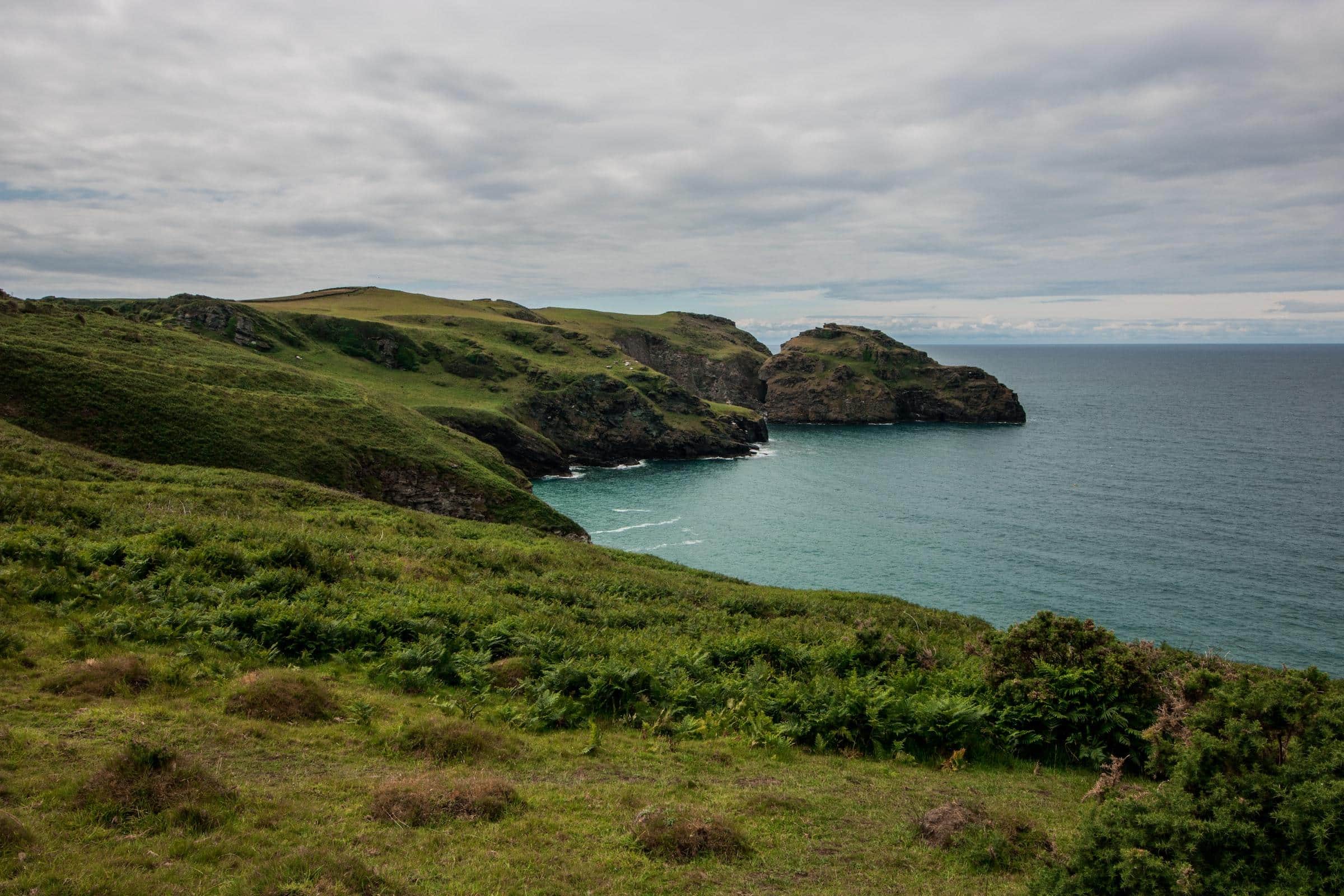Is there a way to study and travel? Here are tips on how to
Traveling as a student has to be the best human experience. With no responsibilities or family to look after, students can get pretty wild on the road. “Live like there is no tomorrow” is one anthem synonymous with young travelers. However, whether you are doing a long-term or short-term course, school has proven to be a handful for many students.
So, with stringent deadlines, group discussions, and lectures, you must wonder how students end up in Ibiza on a wild trip. Perhaps, they have wealthy parents or have a juicy inheritance? That is not always the case. However, there are a few ways to balance the curriculum and a divine getaway without emptying your bank account. So, here are some tips on how to travel more as a student.
Study Abroad
I know it sounds catchy but hear me out. Many students have a misconception that studying abroad is for rich kids. The enormous buffer for most students is the thought of a costly air ticket, accommodation, and getting a visa. Of course, it will cost you some bucks, but what if I told you there is a way to enjoy the experience without losing so much money?
To save more, you could opt to do your degree from a foreign university instead of one close to home. For example, the cost of education in the UK or US may be more expensive when compared to other countries such as Australia or Singapore. If you can find an equally or more reputable university abroad offering slightly lower fees, voila.
Another way is to check with your local university study abroad office to see the options and eligibility. Most European universities have termed this program the “Erasmus+.”
Semester at Sea
Arguably, one of the most remarkable ways to balance the curriculum and wild nights, Semester at Sea is a program allowing up to 720 undergraduates from North America to circumnavigate the globe in hundred days. Students visit up to ten countries in Asia, Africa, Europe and South America during this journey before winding up at a new North American port.

To get on this eccentric voyage, applicant students must be enrolled for a full-time degree at an accredited university or college with a 2.75 cumulative GPA. In some cases, applicants might have to write an essay during the application.
Find a part-time job
There is no doubt that travel is a costly endeavor. Getting a job is one way to meet your travel costs. Working during the day and studying in the evening should free up some money for a weekend getaway to Cancun.
Whereas it could prove challenging, it is often worth it. Being a student can be an exasperating experience, especially if you have no extra cash to let loose on the weekend. A day or night job is an excellent remedy to that.
Join travel programs or sign up with a club
Paid travel programs are a great way to travel more as a student. Scouring the internet for group trips might be your best chance to see the world on a budget. Different programs such as WorldPackers, WWOOF, and WorkAway are good ways to trade skills or services for food and a place to stay. A bit rudimentary but effective.

Alternatively, signing up with a social club, language club or foreign exchange program is one way of hacking it. Many of said clubs sporadically have conferences in other countries, and being an esteemed member will get you some travel mileage.
Make friends who love to travel just as much
There is great power in social networking. Joining a Facebook group of other ardent travelers might help you score some good deals you might have never uncovered on your own. Networking with other passionate travelers will also help make your itinerary and how to pack for a trip.
It might be wise that you also do some reading on travel to offer insight to another person who might be clueless on another topic. Remember, it is sharing and not just taking.
Travel off-season
Student travel is virtually impossible, with price hikes and accommodation bottlenecks synonymous with summer travel. However, traveling off-season may be the solution to having a memorable trip without breaking the bank.

Traveling to Tenerife or any other British Canary Island during the off-season is a much more affordable feat for students and adults looking to have a good time without emptying their accounts. Therefore, setting off for a trip right after summer (September) should be ideal for enjoying a vacation before the complete change of season.
Join oversees volunteer programs
Offering a helping hand is always an excellent way to show gratitude. There are so many volunteer programs with a great cause that make for impeccable destinations. For example, the Elephant Nature Park in Thailand charges only $330 for a 7-day volunteering stay, including accommodation and three delightful meals. Compared to the $1318 surcharge per night in high season, the volunteering stay is a gift worth considering.
Also, make sure to find a reputable organization with a worthy cause so that you leave an impact on the community.
Do more traveling as a freshman
It might be much easier to travel as a freshman, given that as you progress your degree abroad, more classes become even more specialized. So, the best time to study abroad is during your sophomore when you are still handling general requirements.

And if you are past the sophomore year, worry not. You can scour the websites for your department and speak to your professors, who may have more detailed resources than the general study abroad office.
Hack your class schedule
Setting a travel-friendly schedule is the most viable answer to “How do you find time to travel?” For example, you could opt to study for two days every week and utilize the rest to cross off your bucket list.
However, opting for the two days means the selected days will feel like 9 am to 5 pm jobs with lots of ground to cover. But it also helps you purposefully get some studying done with little distractions—a small price to pay.






